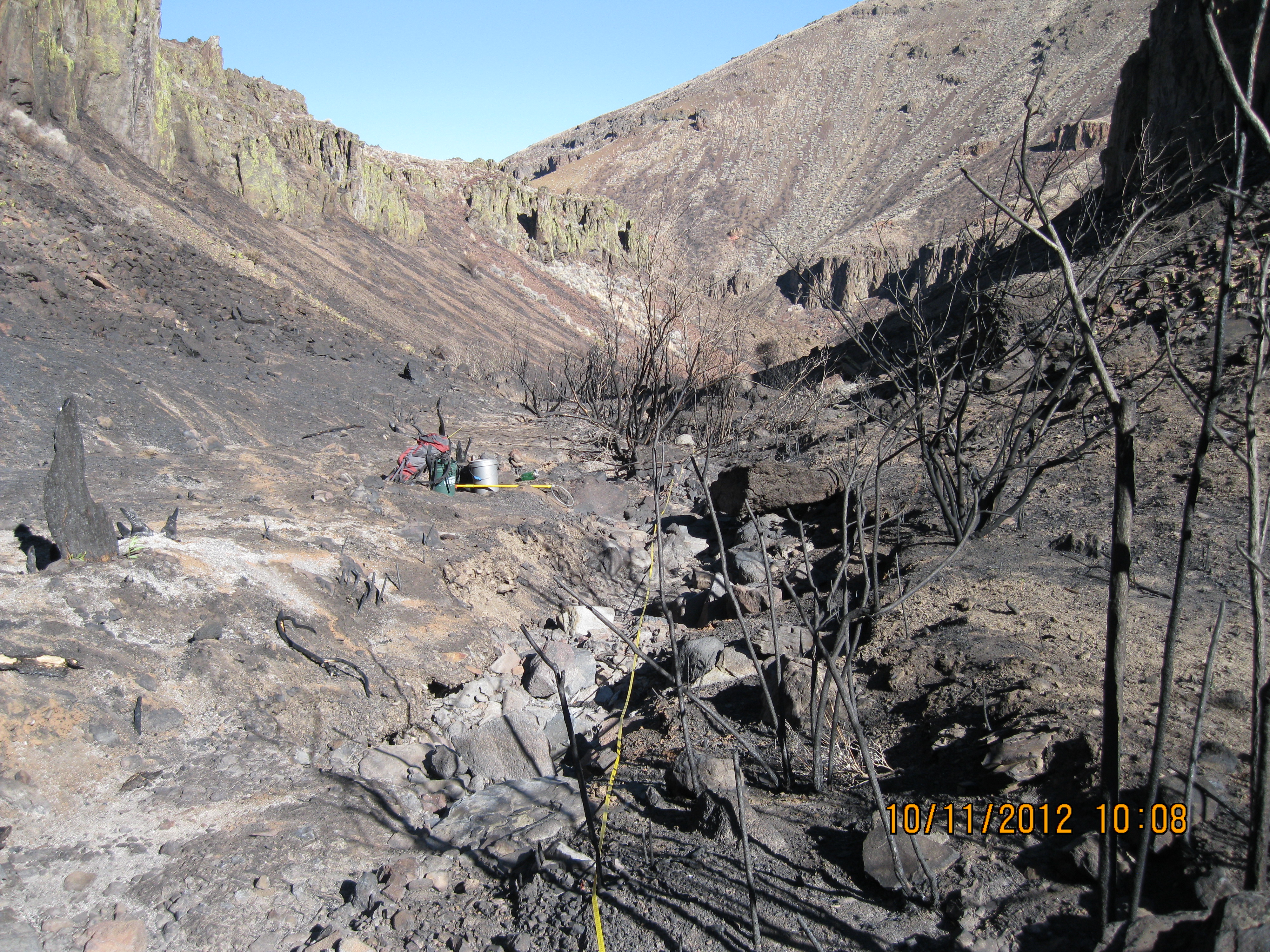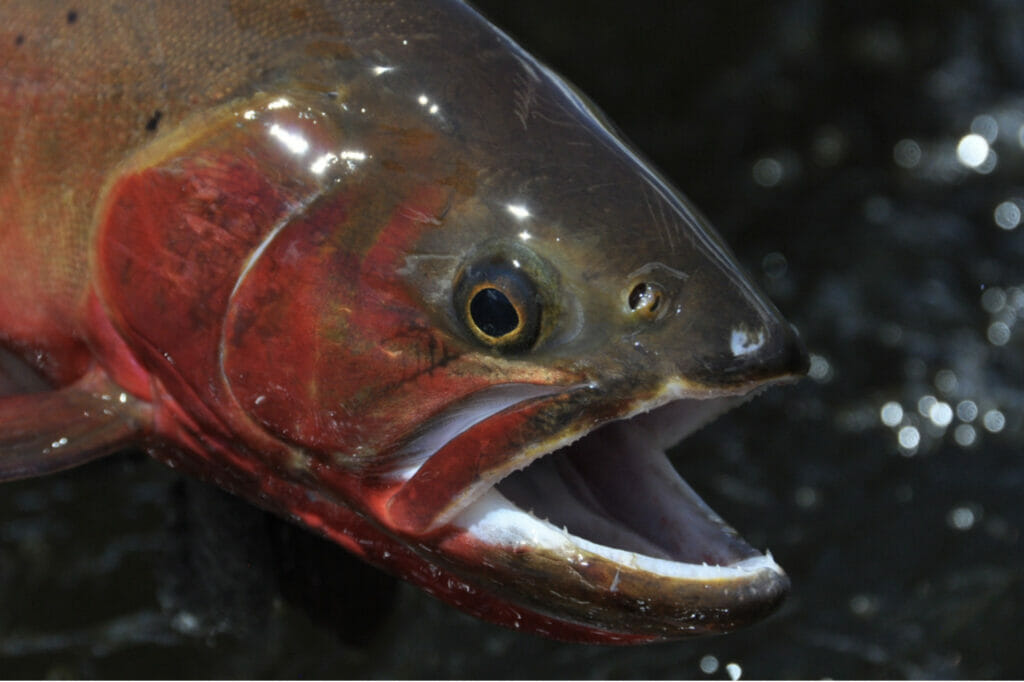
Trout and salmon living in coldwater habitats are naturally vulnerable to a warming climate and related impacts such as increased wildfires and floods. Trout Unlimited scientists have studied how climate changes may influence native salmonid distributions, which trout and salmon populations are most vulnerable, and how we can help them adapt to a warmer and more uncertain future.
Thermal tolerance in cutthroat trout of the southern Rocky Mountains

Climate change is a recognized threat to coldwater fishes and a number of models have been developed to predict the effects of climate warming on the persistence of inland Cutthroat Trout. Owing to a lack of information, most of these models predict outcomes based on relatively static assumptions about the thermal tolerance of the fishes in question. Meanwhile, research shows us that salmonids can adapt in response to changing temperature and that thermal tolerance can vary both among and within sub-species. If we can improve our understanding of variability in temperature tolerance, we might not only improve our predictions of climate impacts but also identify climate-resilient stocks for use in repatriation efforts.
Working towards this end, TU scientist Brian Hodge teamed up with researchers at Colorado Parks and Wildlife and Colorado State University to examine variability in thermal tolerance among inland Cutthroat Trout. The team collected fertilized eggs from five Cutthroat Trout populations (representing three sub-species), reared the emergent fry under common laboratory conditions, and then tested the fry in a series of temperature trials. Yellowstone Cutthroat Trout and Greenback Cutthroat Trout populations exhibited greater tolerance to short-term temperature extremes than two Colorado River Cutthroat Trout populations, and a hybrid population exhibited tolerance intermediate to its two ancestral stocks (Yellowstone and Colorado River). Examination of temperature-growth relationships revealed a different pattern. Moreover, optimal growth temperatures were higher among populations of Yellowstone Cutthroat Trout (YCT), Colorado River Cutthroat Trout (CRCT) from Milk Creek (CO), and YCT-CRCT hybrids than among Greenback Cutthroat Trout and Colorado River Cutthroat Trout from Lake Nanita (CO). In the article Thermal tolerance in cutthroat trout of the southern Rocky Mountains readers will find further details on the methods, findings, and potential implications of the collaborative research.
Resources
This study drew from a large agency database to characterize environmental influences on the current patterns of cutthroat trout in the interior West and predict how the climate change may impact the distribution of this native trout. Unlike previous studies, we included information not only about increasing stream temperature, but also changing flows and interactions with non-native species. Our models predicted a mean 47 percent decline in total suitable habitat for all trout, a group of fishes of major socioeconomic and ecological significance. Native cutthroat trout, already at-risk, are predicted to lose a further 58 percent of habitat while brook, brown and rainbow trout are likely to decline to varying degrees depending on their specific tolerance of warming and impacts from other trout. Despite some uncertainty, large declines in trout habitat are likely, but our findings point to opportunities for strategic targeting of restoration and management efforts.
Predicting how climate change will impact trout requires understanding the environmental factors which influence where they they are able to live currently. We drew from a large agency database to determine the relative role of climate (temperature and flow regime), geomorphology and land use in determining the observed distributions of native cutthroat and bull trout, and non-native brook trout in the interior Columbia River Basin. While the distribution of cutthroat trout is influenced by climate it is strongly related to the presence of non-native brook trout, which might be an important factor in shaping its response to climate change in the future. Bull trout are estimated to be comparably more sensitive climate warming.
The continuing bad news about climate change can be daunting, but there are things we can do to improve the likelihood trout and salmon will be able to persist in the future. We profiled three case studies which address existing and climate-driven causes of degradation through habitat restoration. We summarized elements of successful projects and discussed solutions to common challenges in conducting climate change adaptation restoration work.


